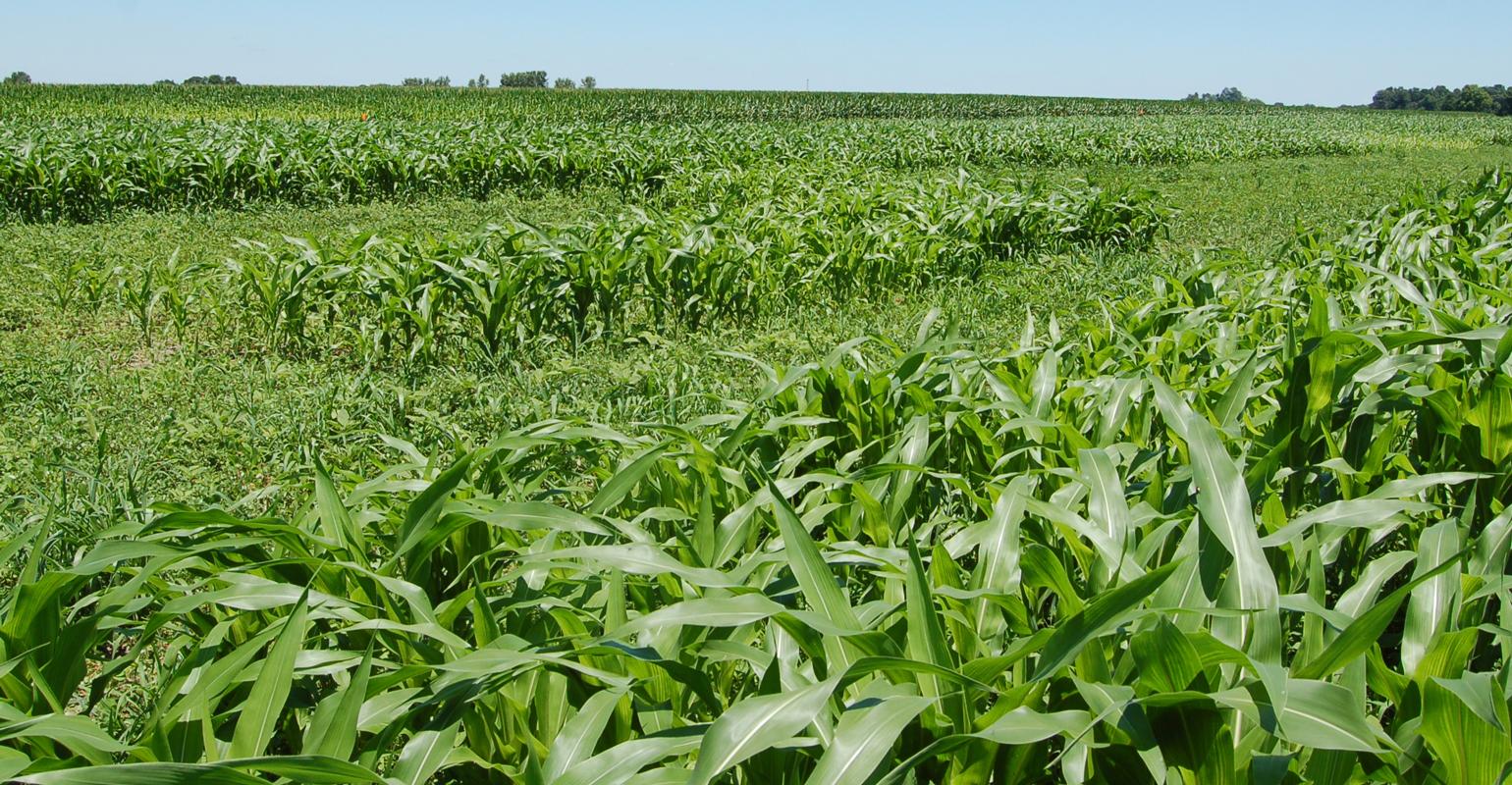Stay alert for pests if you plant non-GMO corn

Corn Pest Beat: There are other options for control if you are growing corn without insect-tolerant traits.
Mar 06, 2020
We’re going to plant about half our acres to non-GMO corn. We’re hoping to find a premium for it, but it’s really to save money. Our lender says we must cut costs, period. Is
corn borer worth worrying about? If so, what do we do?
The Indiana certified crop advisers answering this question are Gene Flaningam, Flaningam Ag Consulting, Vincennes; Greg Kneubuhler, G&K Concepts Inc., Harlan; and Bryan Overstreet, Jasper County Extension ag educator.
Flaningam: I would suggest looking at contracting your non-GMO corn in order to receive a premium. Some common pests to consider are corn rootworm, corn borer, fall armyworm and corn earworm. Corn rootworm issues need to be addressed while planting. Apply an in-furrow liquid insecticide, a dry band or a high rate of seed treatment. Corn borer, fall armyworm and corn earworm can be monitored by using moth traps and scouting fields. A postemergence application of insecticide can be made to control this type of pest.
Both early- and late-planted corn will be priority fields to monitor for pests. Fields planted in this time period will be lush green and attractive to this type of late-season pest.
Kneubuhler: Several of our growers raise non-GMO corn today very successfully. To me, the first reason to raise non-GMO is premium-based, more than saving money. In my opinion, corn borer is the biggest obstacle of non-GMO corn. With traited corn, we’ve grown lazy and not worried about it. Corn borer is the largest yield robber and biggest unknown of non-GMO corn.
It’s very difficult to know and anticipate corn borer pressure until the season is underway. Although corn borer can overwinter here, many moths are carried up from southerly winds in the spring. Weather fronts can deposit moths, which lay eggs, but the pressure and intensity is virtually impossible to predict.
We’ve had a lot of success by simply spraying a pyrethrin insecticide early in the season, generally around the V5 to V7 corn growth stage, to eliminate moths. That significantly reduces our pressure. If we don’t control the moths and potential upfront pressure, the rescue option is a late-season application in crop. This is a very expensive option and damage to corn has already occurred.
Overstreet: European corn borer can still be an issue in certain areas in some years. I would not abandon the non-GMO idea because of that though. The advantage we have with corn borer over other pests is that we can scout for them and use good integrated pest management methods to determine if you need to apply an insecticide to control the pest. Many years, here in Indiana, there is no economic need to apply an insecticide to control corn borer, thus saving you even more money.

